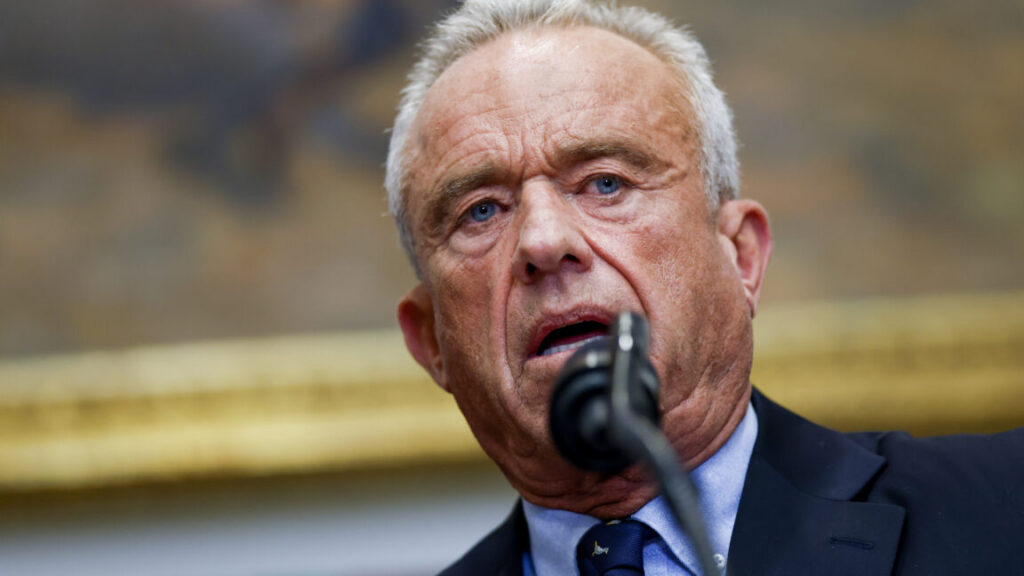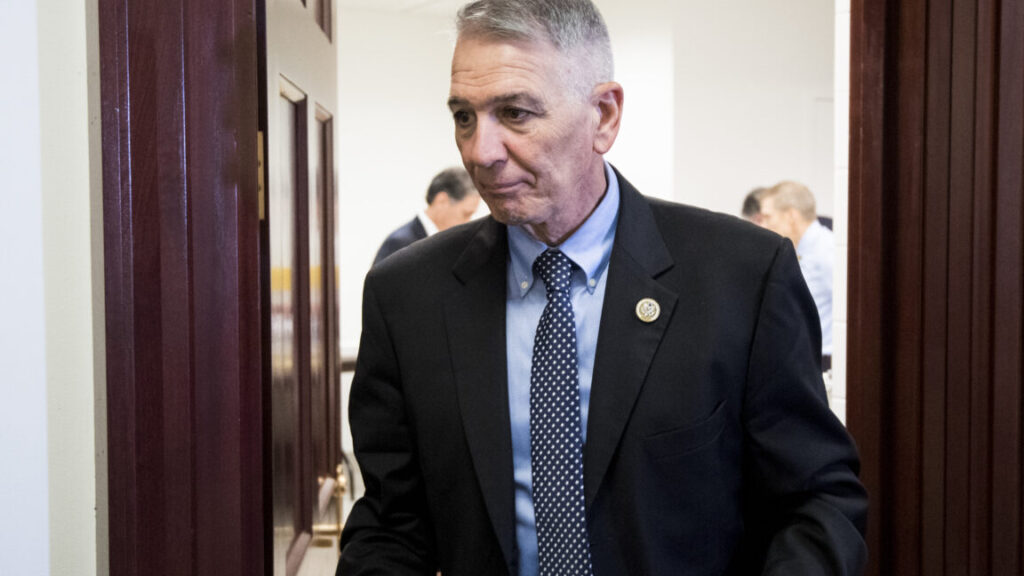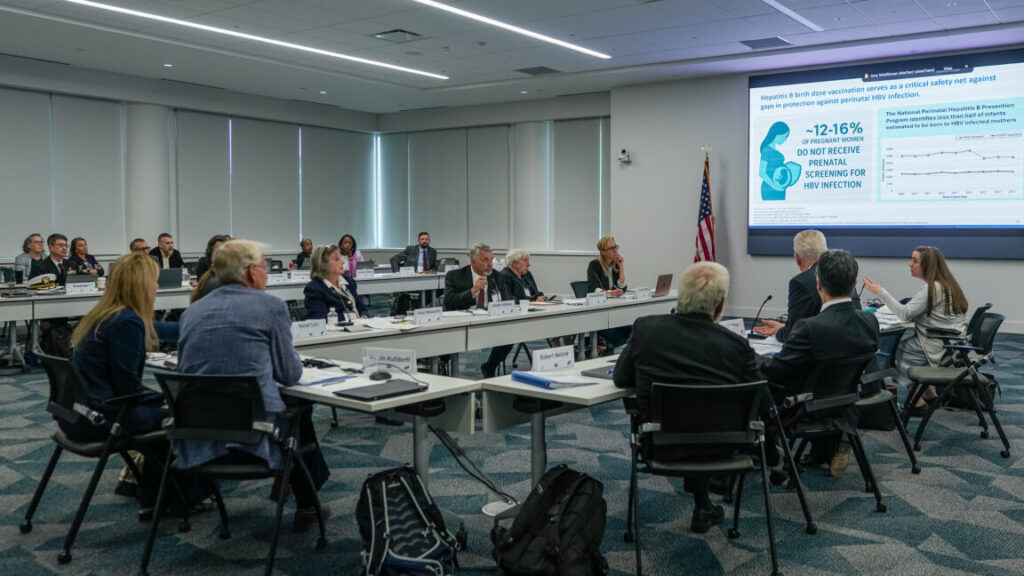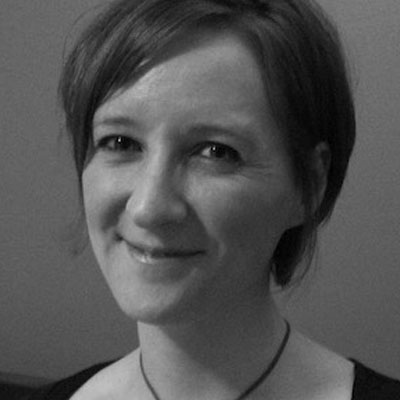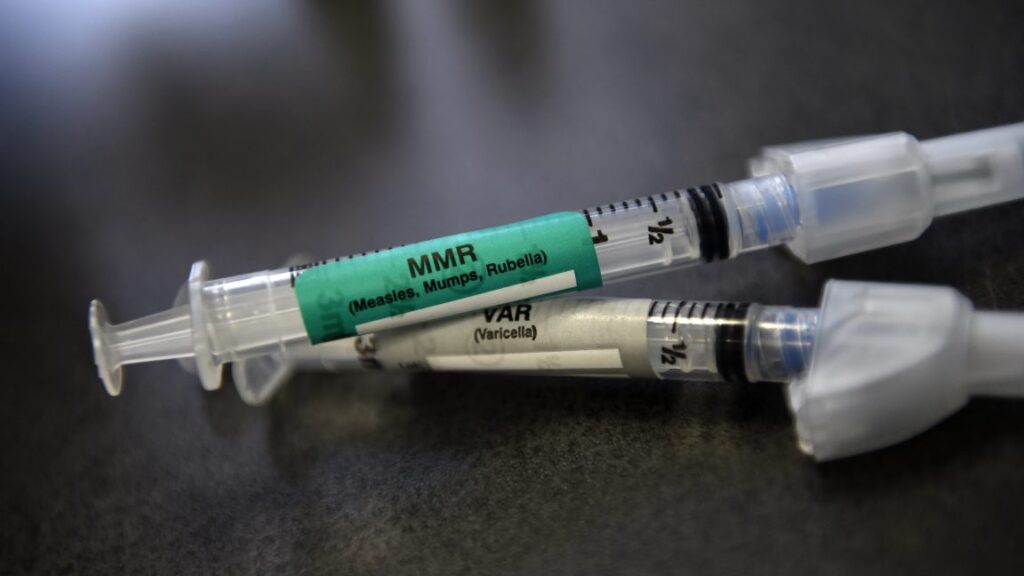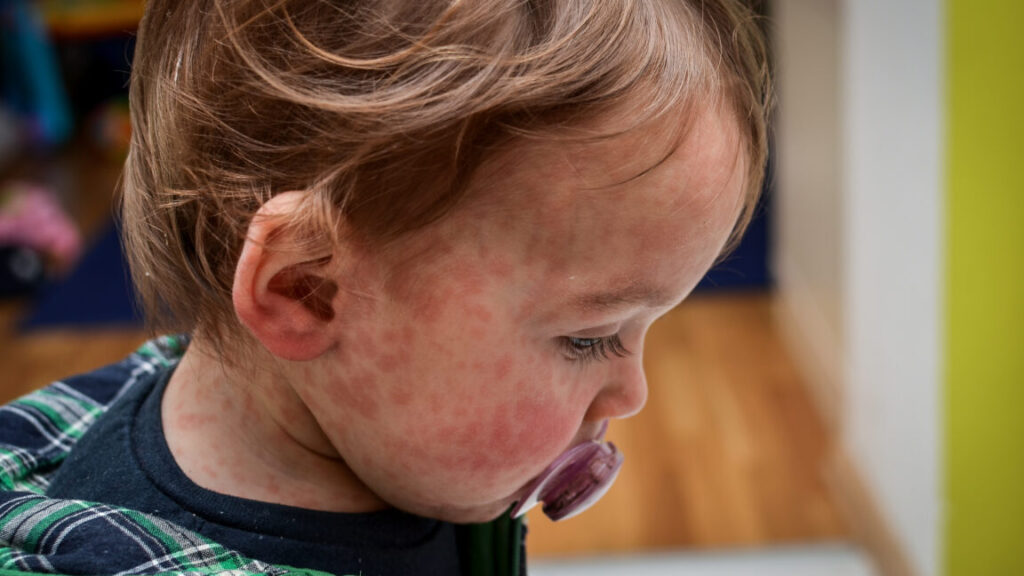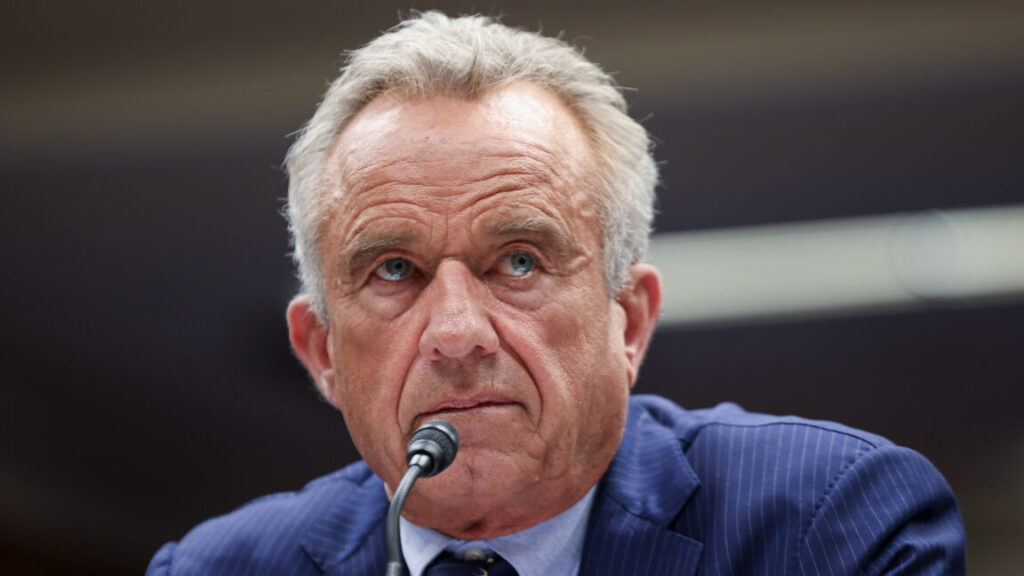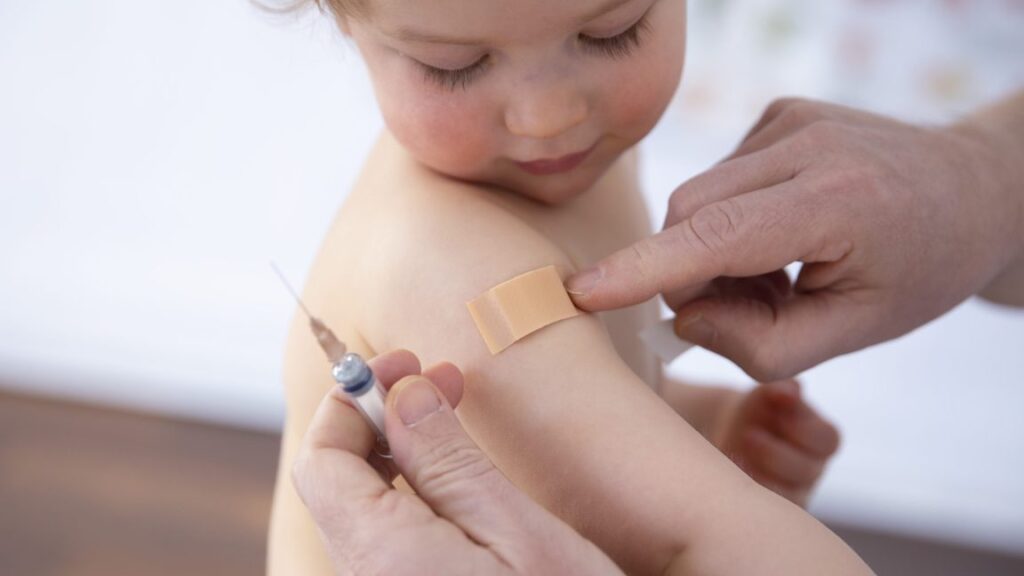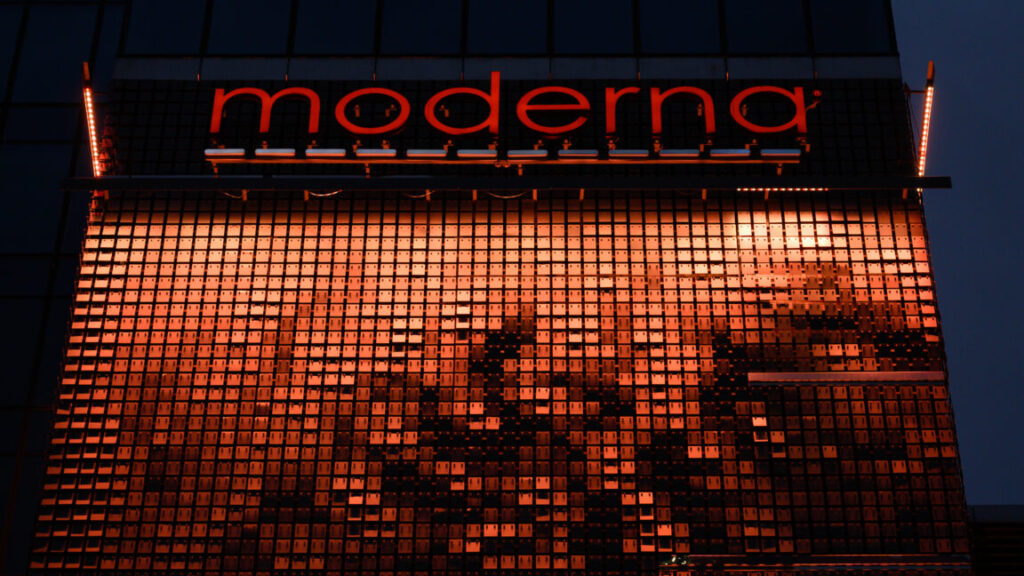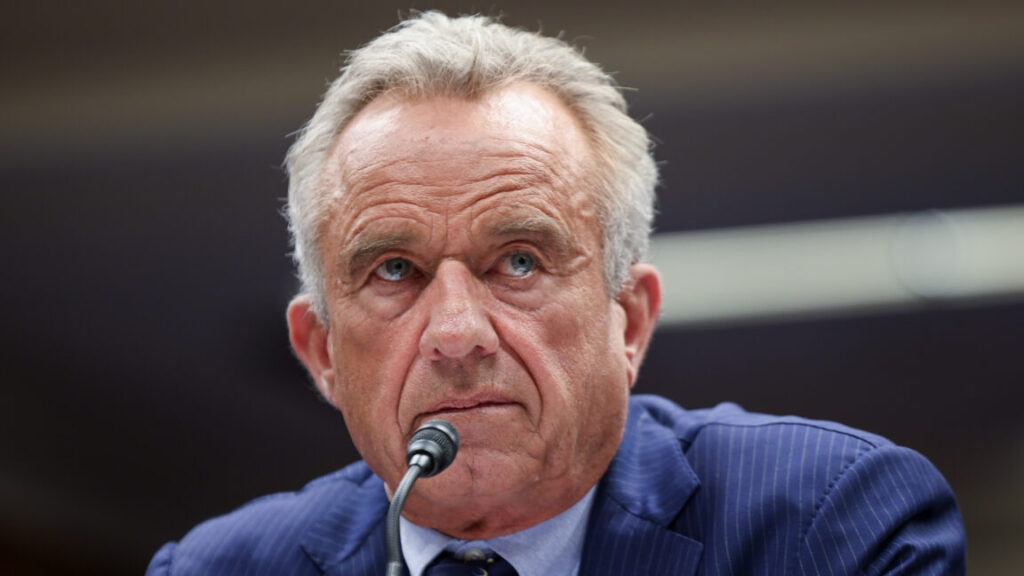Under anti-vaccine RFK Jr., CDC slashes childhood vaccine schedule
Under anti-vaccine Health Secretary Robert F. Kennedy Jr., federal health officials on Monday announced a sweeping and unprecedented overhaul of federal vaccine recommendations, abruptly paring down recommended immunizations for children from 17 to 11.
Officials claimed the rationale for the change was to align US vaccine recommendations more closely with those of other high-income countries, namely Denmark, a small, far less diverse country of around 6 million people (smaller than the population of New York City) that has universal health care. The officials also claim the change is necessary to address the decline in public trust in vaccinations, which has been driven by anti-vaccine activists, including Kennedy.
“This decision protects children, respects families, and rebuilds trust in public health,” Kennedy said in a statement.
Health experts disagree. “Kennedy’s decision will harm and kill children, like all of his anti-vaccination decisions will,” virologist James Alwine, who works with the organization Defend Public Health, said in a statement.
The American Academy of Pediatrics, a vocal critic of Kennedy, blasted the changes, saying “to arbitrarily stop recommending numerous routine childhood immunizations is dangerous and unnecessary,” AAP President Andrew Racine said. “The United States is not Denmark,” he added.
Under the new federal recommendations, universally recommended immunizations are pared down to these 11 diseases: measles, mumps, rubella, polio, pertussis (whooping cough), tetanus, diphtheria, Haemophilus influenzae type B (Hib), pneumococcal disease, human papillomavirus (HPV), and varicella (chickenpox).
Under anti-vaccine RFK Jr., CDC slashes childhood vaccine schedule Read More »
